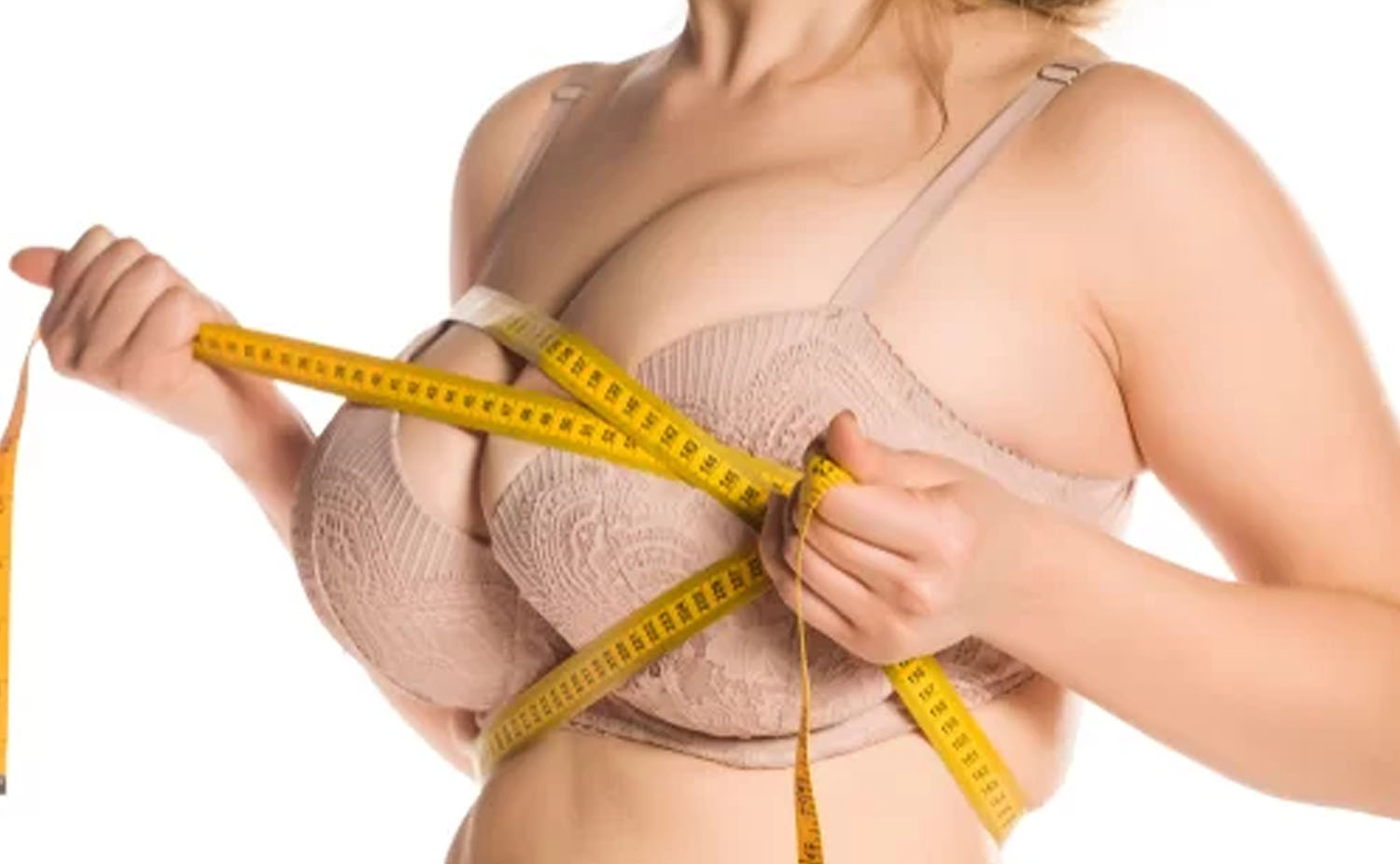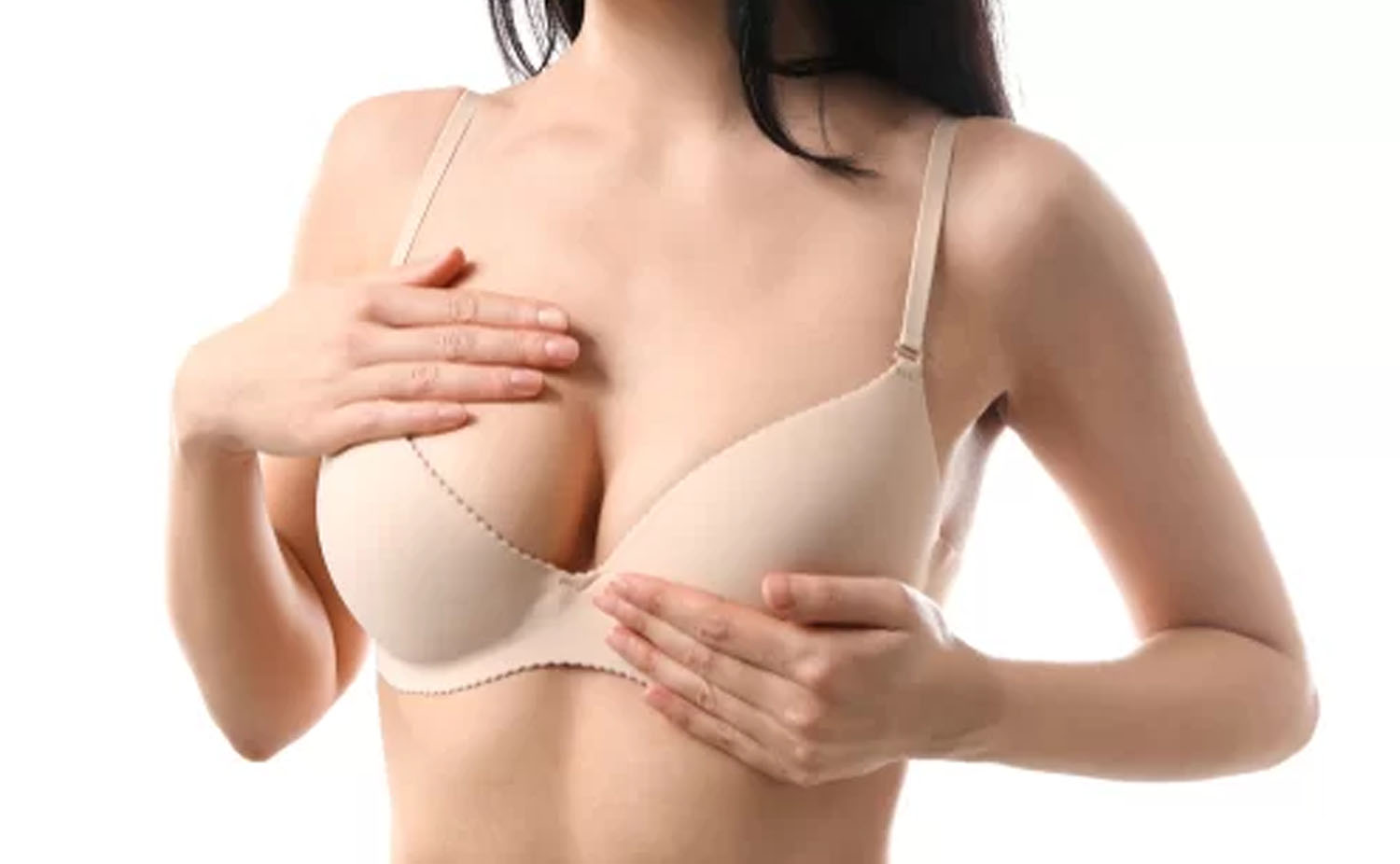Breast Asymmetry
Although breasts are unique and come in different shapes and sizes, having asymmetrical breasts can be a significant insecurity. By opting for breast asymmetry correction surgery, you can eliminate this concern and enjoy life feeling beautiful and confident.
Breast asymmetry is the name given to a natural variation in your breast’s size, shape or position and is often referred to as ‘being lopsided’. Almost all women have some degree of breast symmetry either in overall size, breast shape, nipple position or a combination of these. This is entirely normal.
However, in some women, the size difference is significant enough to be noticeable, causing insecurities and ultimately affecting their self-esteem. Uneven breasts can also present practical issues, with clothing, swimwear and bras fitting uncomfortably. So, if you suffer from misshapen or unbalanced breasts, breast asymmetry correction surgery is a revolutionary procedure that will transform your life. You can find out more about the causes of breast asymmetry by reading Mr Pieri’s guide.
What Is Breast Asymmetry Correction Surgery?
Breast asymmetry correction surgery is a long-term solution that creates a more balanced and aligned look. This cosmetic and corrective procedure will consider your goals, aesthetic desires and lifestyle, providing beautiful and natural results that complement your body and physique.
During adolescence, your breasts will begin to grow, which may show the first signs of asymmetry. However, other factors such as hormonal changes, menopause, pregnancy, breastfeeding, gravity and weight loss can impact how breasts look in adulthood. Breasts are incredibly diverse; therefore, breast asymmetry can present itself in various ways, and you may exhibit one or a combination of these characteristics:
- Breast Ptosis: Sagging breasts.
- Anisomastia: Difference in the volume and size of your breasts.
- Anisothelia: Difference between your nipple and areolae location and size.
- Combined Asymmetry: Combination of both Anisomastia and Anisothelia.
- Tuberous Breasts: Constricted breasts with enlarged areolas and a higher breast fold.

PRICE GUIDE
Benefits of Breast Asymmetry Surgery

Planning Your Breast Asymmetry Procedure
Some of the most common reasons why women come to Mr Pieri for breast implant removal surgery include:

Breast Augmentation Surgery

Breast Reduction Surgery

Breast Lift Surgery (Mastopexy)

Augmented Mastopexy Surgery

Nipple Lift or Areola Reduction

Fat Transfer Augmentation
Breast Asymmetry Surgery With Mr Pieri
Mr Pieri specialises in correcting the shape, position, size and nipple location of your breasts to achieve symmetry. Both breasts are treated as separate entities based on the required techniques to provide an attractive and even outcome. You may need a combination of surgical procedures on one or both breasts to achieve optimum results; however, this is determined during your surgical assessment.
Your operation to correct breast asymmetry is performed under general anaesthesia and typically lasts 1-3 hours. In some cases, you may be required to stay overnight at the hospital, but this will be made clear to you during your initial consultations. Post-surgical check-ups are scheduled one week after your operation for a dressing change, and you will need to wear a post-op bra for at least 6 weeks. Then, Mr Pieri will see you again at two weeks and three to six months after your treatment to observe your progress and assess your healing.
TIME IN THEATRE
1 to 3 Hours
HOSPITAL STAY
0 to 1 Night
RETURN TO WORK
7 to 14 Days
RECOVERY TIME
6 Weeks +
POST-OP BRA
6 Weeks
frequently asked questions
Can weight loss cause breast asymmetry?
Weight loss is not a direct cause of breast asymmetry. But, significant weight loss can affect the appearance of the breasts and potentially contribute to the perception of breast asymmetry. In addition, weight loss can decrease muscle mass and tone, and this change in muscle support can affect your breast’s position and shape.
Ageing may also contribute to volume loss and exaggerate any unevenness.
Can breast asymmetry be prevented or avoided?
Breast asymmetry is a natural occurrence and cannot be avoided or prevented. Genetic factors, hormones, age and weight, influence the development of your breasts. So, although there are things you can do to try to minimise asymmetry, it is sometimes an inevitable reality for many women.
Maintaining a steady weight and wearing supportive bras can reduce your chances of uneven breasts. However, pregnancy, menopause and hormonal changes can majorly impact the shape and density of your breasts at different life stages. Therefore, it depends on your body’s individual characteristics and genetics whether breast asymmetry occurs and to what degree.
Can asymmetrical breasts cause back pain?
Breast reduction surgery is so popular as large and heavy breasts can lead to health issues such as neck, back and shoulder pain. This also applies if you have severe breast asymmetry.
If one of your breasts is exceptionally larger than the other, it can lead to postural imbalance and stress on your back. Thus, reducing the larger breast and achieving a more balanced breast appearance can help to alleviate physical and mental discomfort.
Are asymmetric breasts a sign of cancer?
In most cases, asymmetric breasts are not a sign of cancer; it is considered a normal variation in breast anatomy for many individuals.
However, it’s important to note that a medical professional should evaluate any new or significant changes in breast size, shape, or symmetry. It’s crucial to remain vigilant about changes in your breasts and be aware of other potential signs of breast cancer, such as:
- Persistent breast pain
-
Changes in breast texture, colour or sensitivity
-
Changes in your nipple appearance, shape or discharge
-
New lumps
-
Enlarged lymph nodes in the underarm
Mr Pieri is a specialist oncoplastic breast surgeon, providing breast cancer detection at his diagnostic clinic. For more information or to book an appointment, please book a consultation or email info@andrewpieri.co.uk.

